It is unsurprising that the most produced planes in the world aren’t the giant passenger planes such as the Airbus A380. A handful of these aircraft took part in the numerous battles of the world war, and were highly revered in nations such as the USSR, and a few of these are extremely popular with flight schools. Let’s have a look at the most produced planes in the world.
10. Polikarpov Po-2 biplane
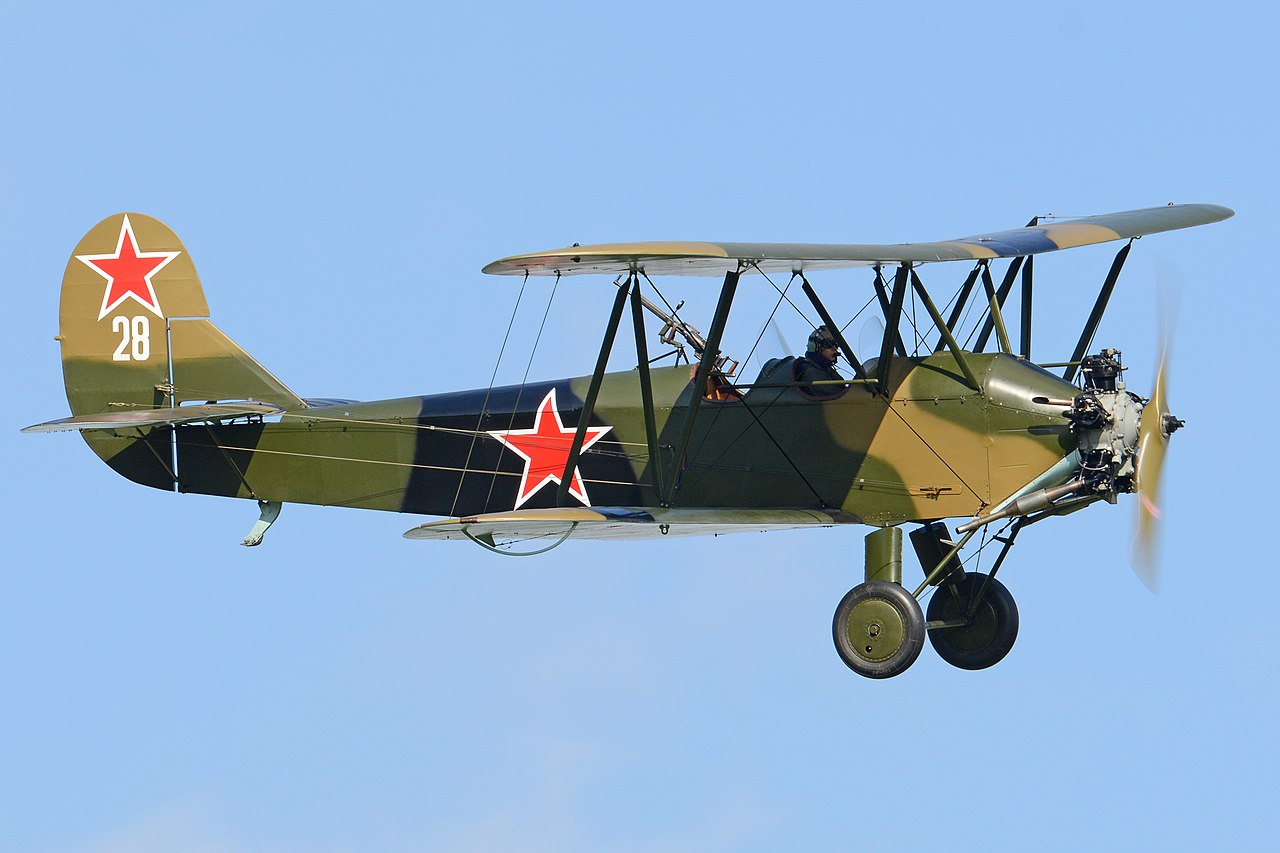
Image: Alan Wilson | Wikimedia Commons
It is estimated that 20,000 – 30,000 units of this most produced biplane ever, were made. This aircraft flew high from 1928 until 1952. The aircraft was also heavily deployed during the Korean war.
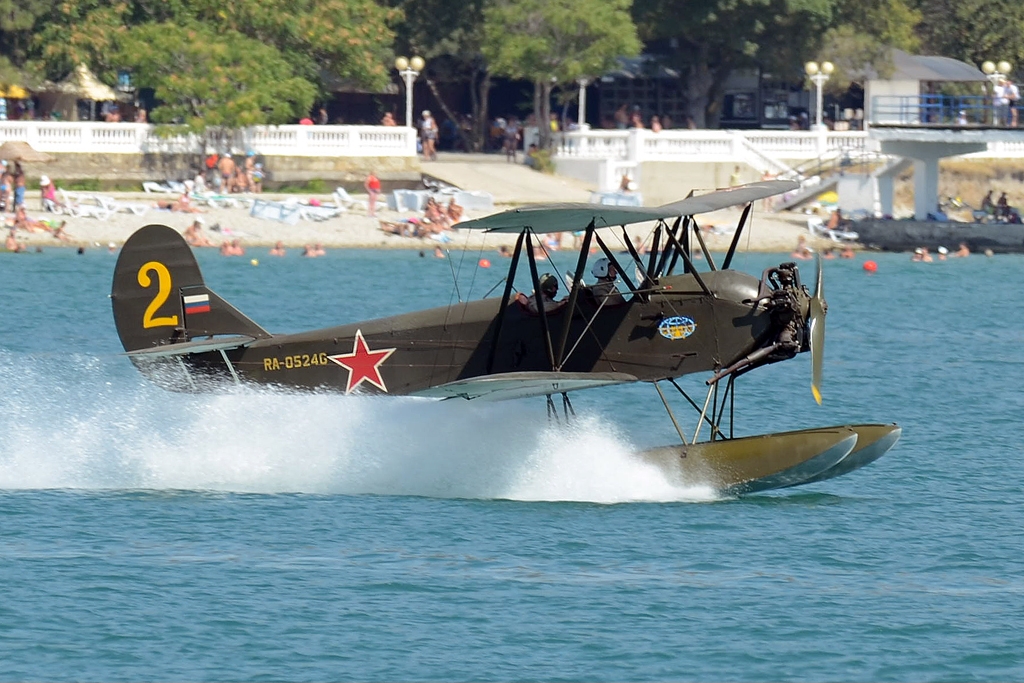
Image:Eugeny Polivanov | wikimedia Commons
Polikarpov Po-2 was very useful for:
- ground-attack
- reconnaissance
- liaison
- training operations
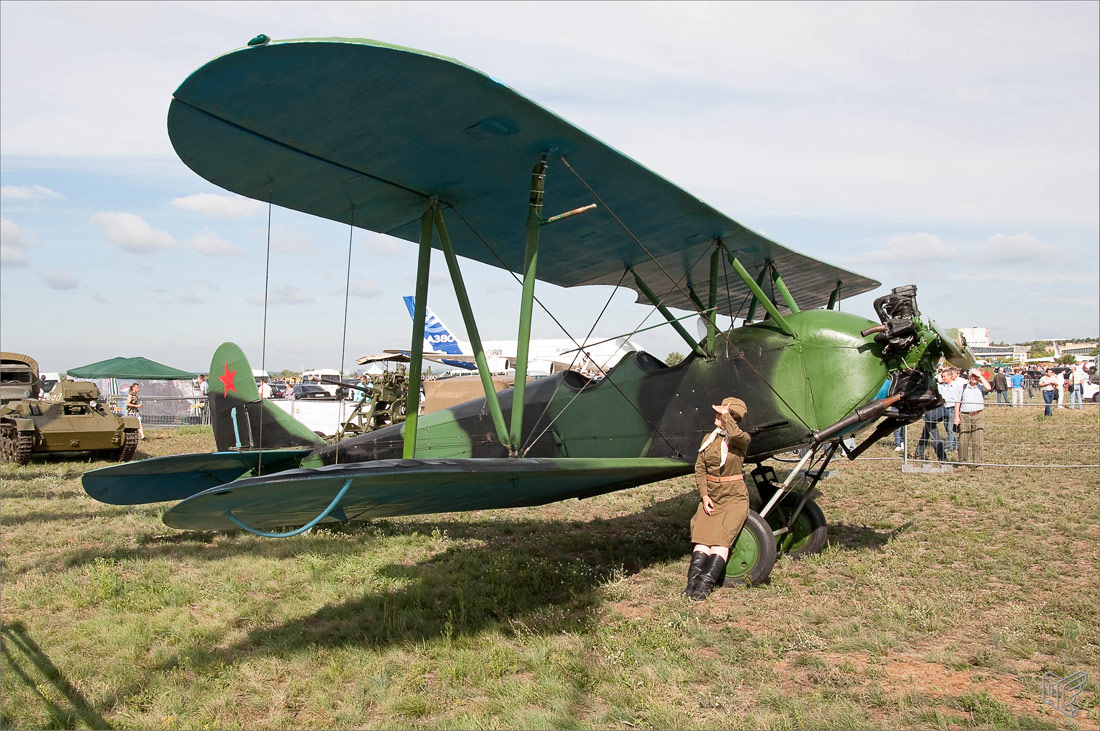
Image: Rebrov Aleksandr | wikimedia Commons
Despite the fact that the Soviets had stopped manufacturing the aircraft in 1952, Poland still manufactured the licensed CSS-13s
9. Focke-Wulf Fw 190 aircraft

Image: Tomás Del Coro | Wikimedia Commons
20,051 units of the German single-seat fighter aircraft, Focke-Wulf Fw 190, was produced.
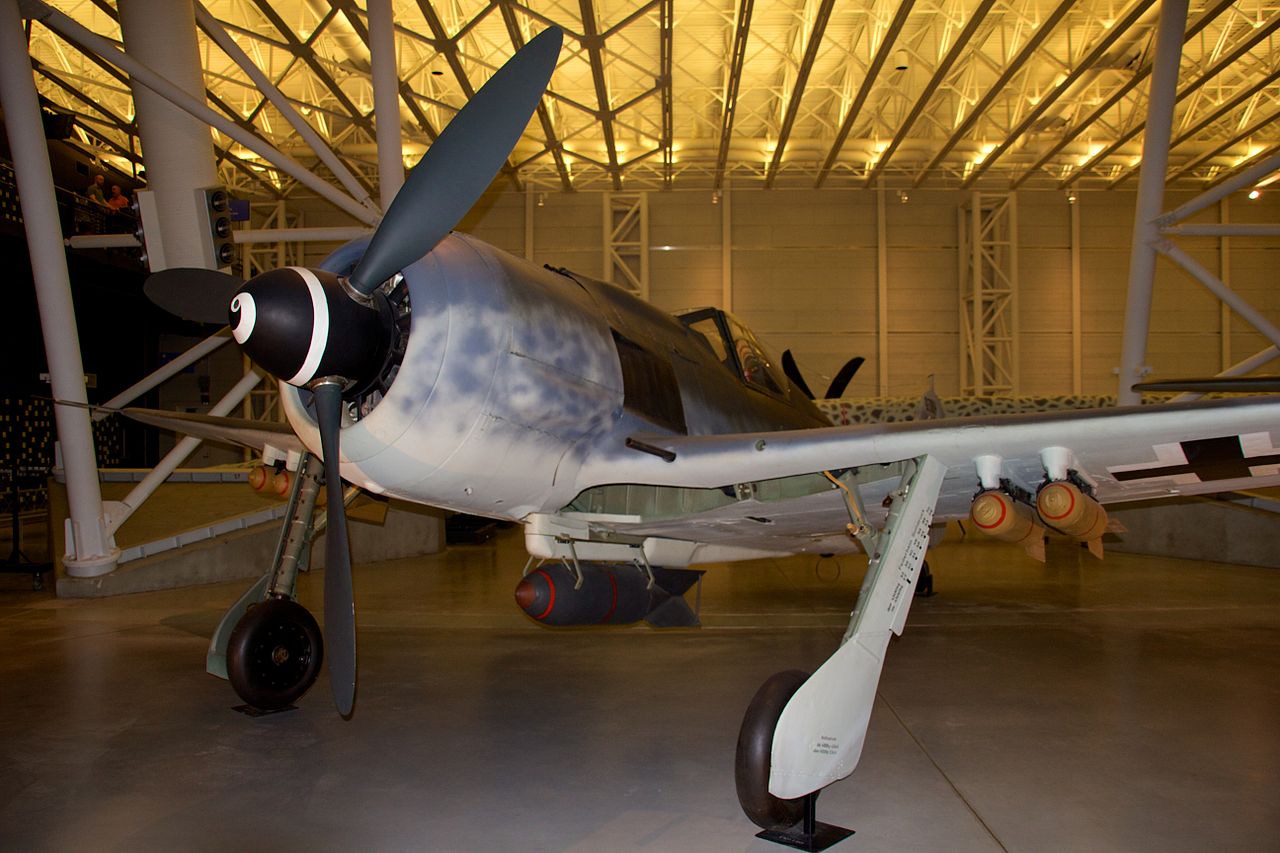
Image: Mike Peel | Wikimedia Commons
The Fw 190’s unique radial engine was one of its most remarkable characteristics and the aircraft was able to fly at a top speed of 644 km/h (400 mph). The aircraft participated in virtually every combat that the Luftwaffe was involved in since 1941.

Image: Tomás Del Coro | Wikimedia Commons
According to the National Air and Space Museum, the Focke-Wulf Fw 190 was “the only German single-seat fighter powered by a radial engine and the only fighter of the war with electrically operated landing gear and flaps.”
8. Piper J-3 Cub
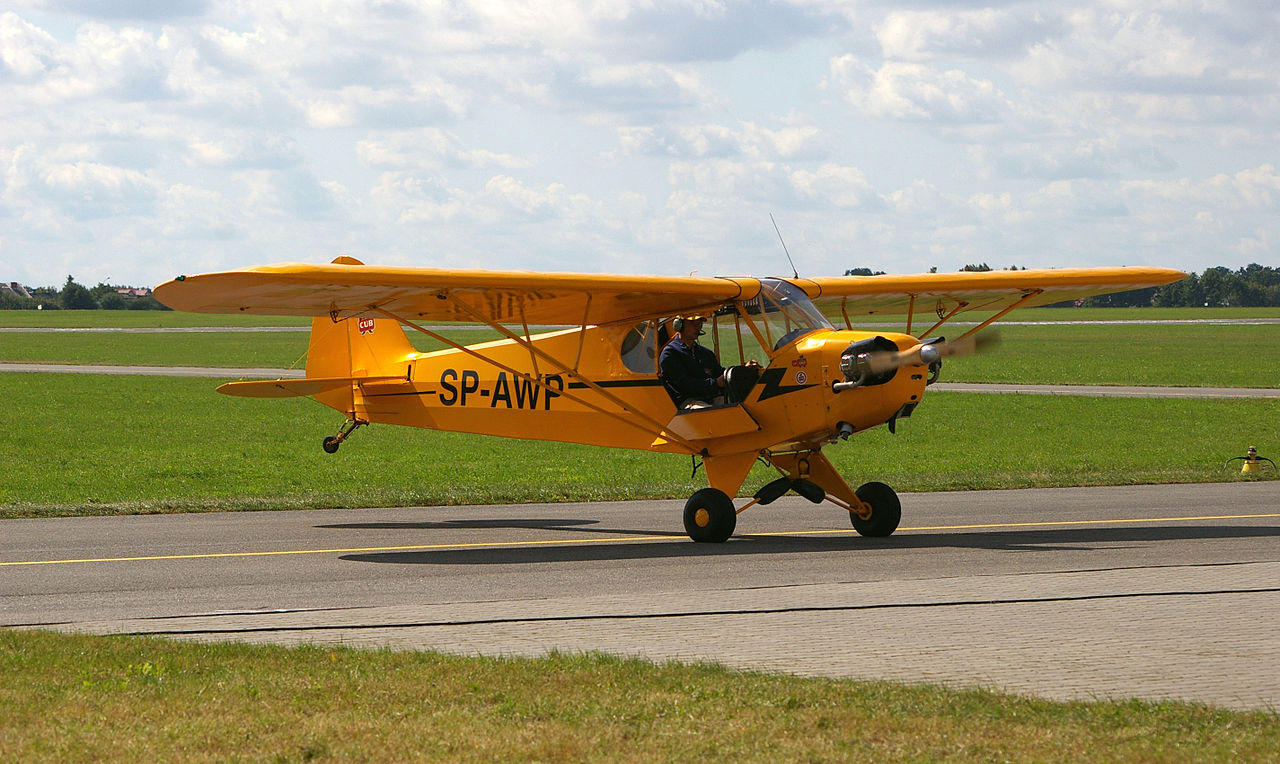
Image: A Piper Cub | Wikimedia Commons
With 19,888 Piper J3-Cub built in the US, 150 in Canada, and 253 TG-8 gliders, the total number of this aircraft type that was built was 20,291. When the production of the aircraft had ended in 1947, 19,073 of this aircraft had already been sold.
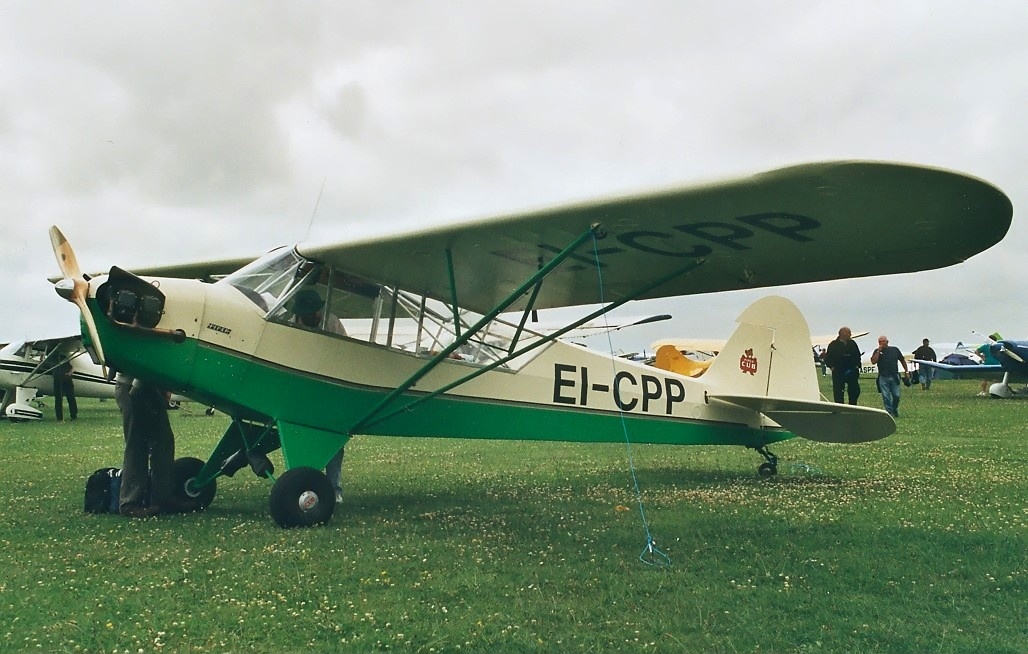
Image: Alan D R Brown | Wikimedia Commons
Following the success of this aircraft, the term “Cub” became a generic term for light airplanes.
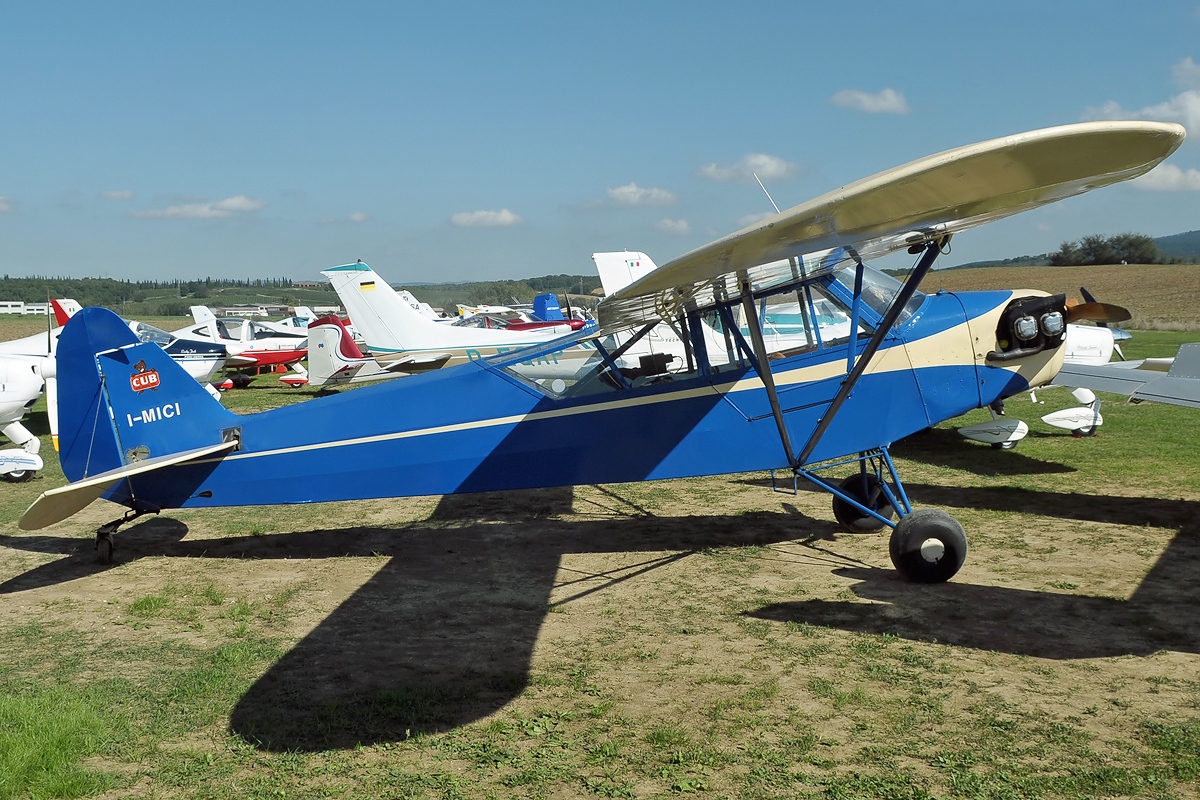
Image: Aldo Bidini | Wikimedia Commons
The J-3 Cub has a fabric-covered fuselage and was first built in 1937. The design of the aircraft is one of the most recognizable in all of aviation.
7. The Supermarine Spitfire/Seafire
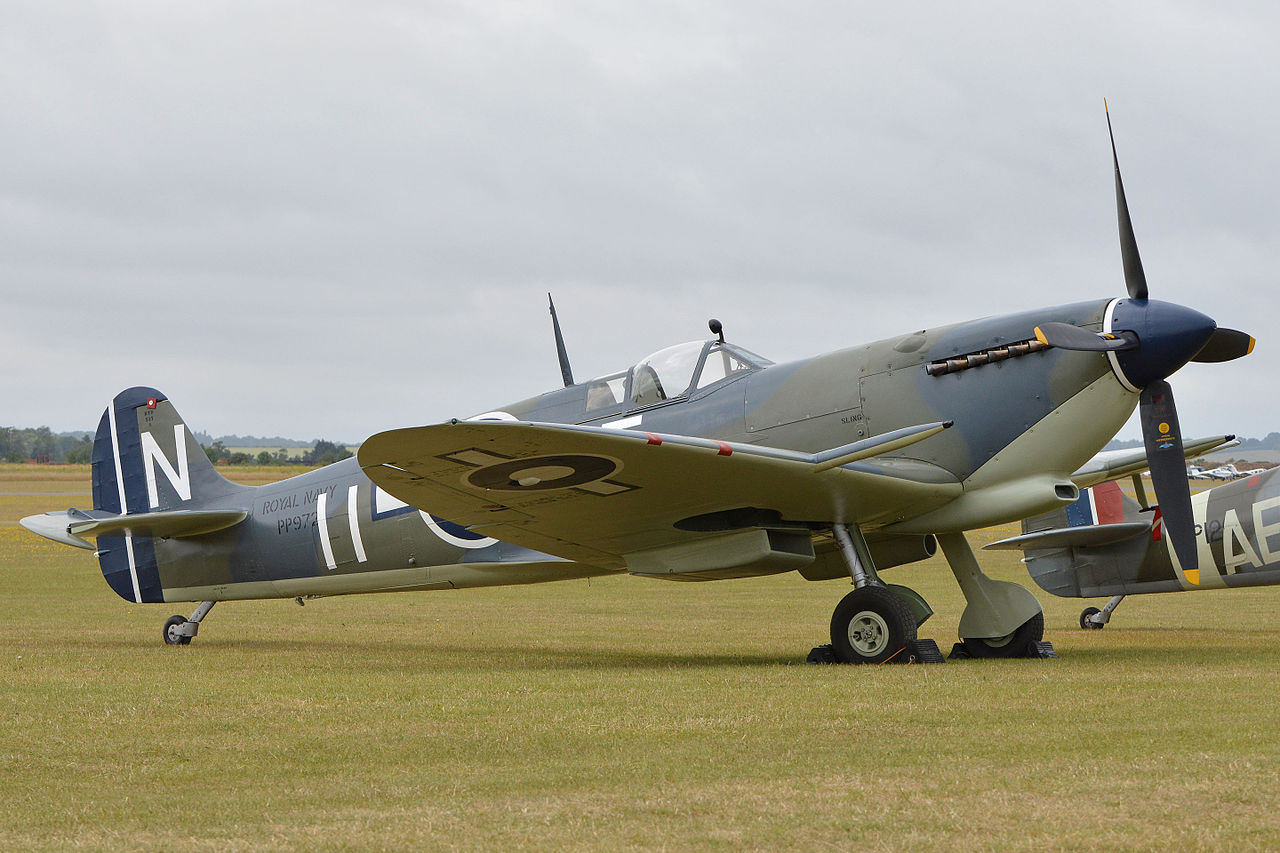
Image: Alan Wilson | Wikimedia Commons
The Supermarine Spitfire, and its marine variant, the Seafire saw a total of 22,685 units being produced. The aircraft was instrumental for England while keeping the Luftwaffe away.
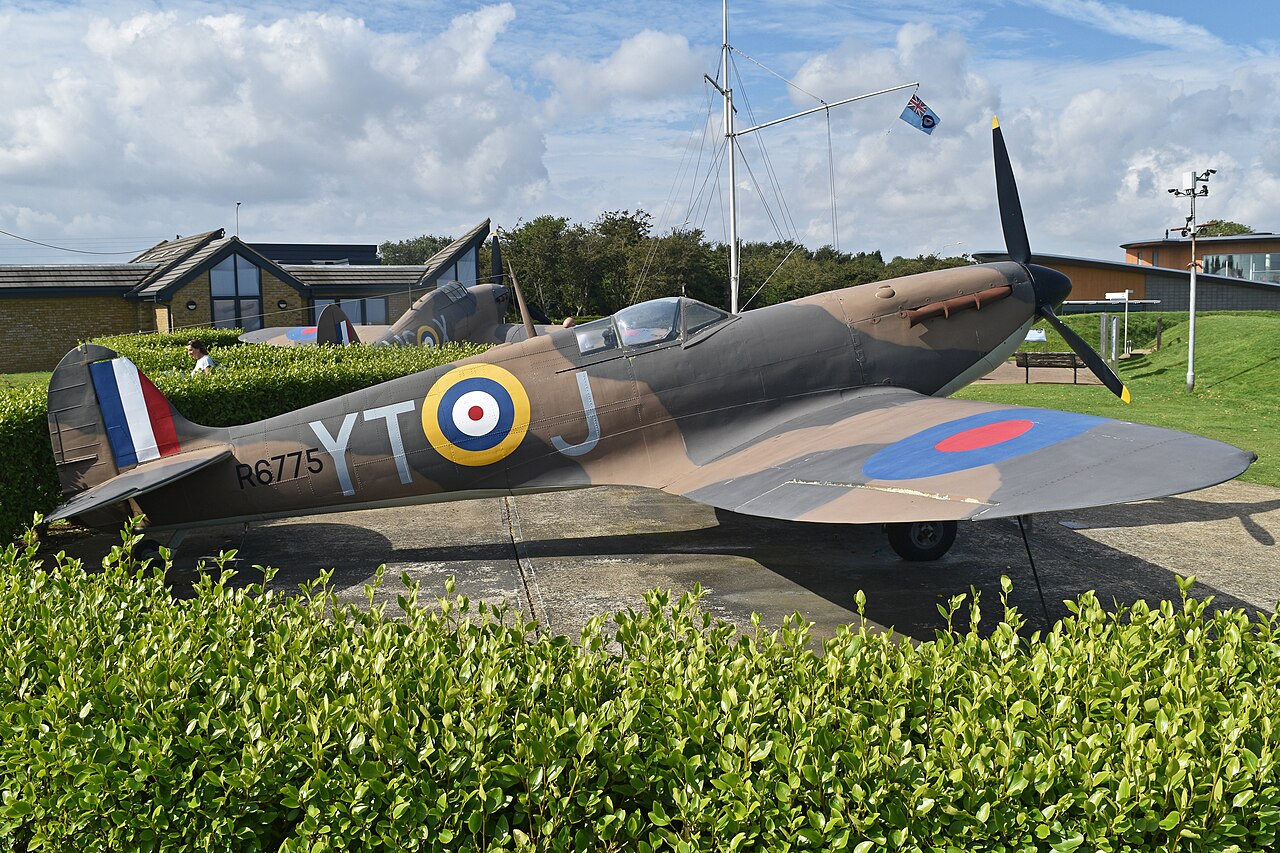
Image: Alan Wilson | Wikimedia Commons
The variants of the Spitfire that were converted to carrier-based missions had a greater range. The aircraft had had a weight of 2570.5 kg and dimensions of 3.022m × 9.119m × 11.227m.
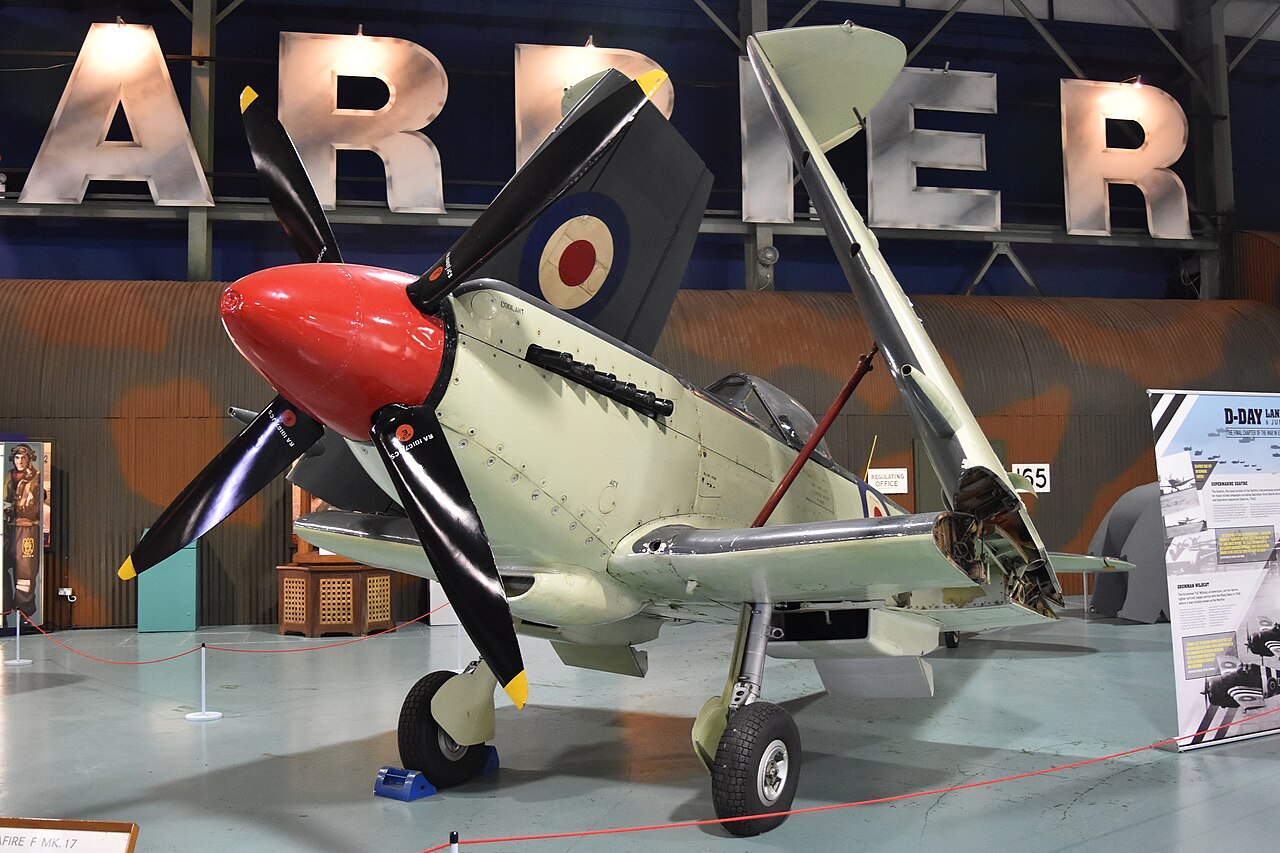
Image: Alan Wilson | Wikimedia Commons
Seafires also took part in the D-Day landings and also served in the Korean war.
6. Cessna 182
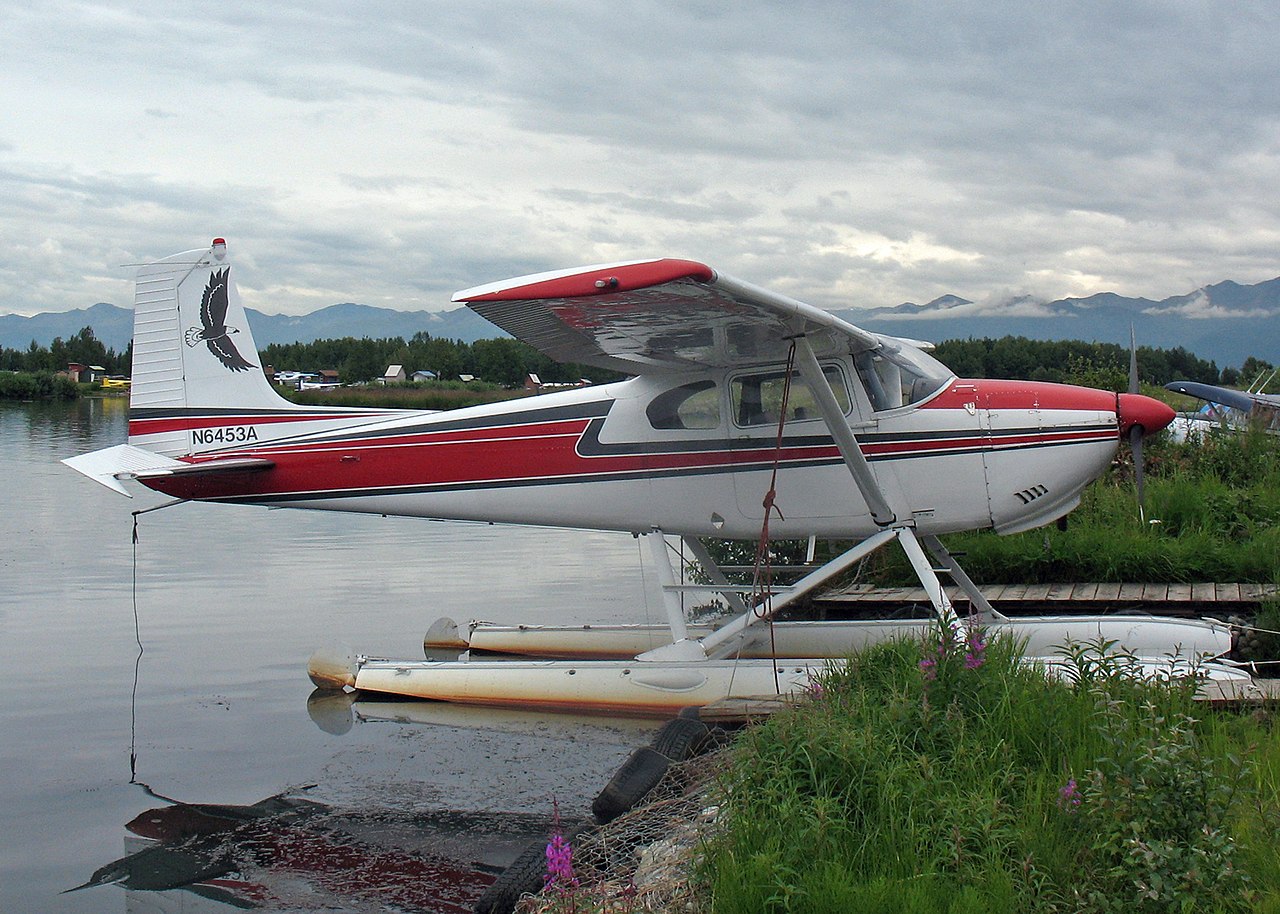
Image: TimothyMN | Wikimedia Commons
Cessna 182 has been in operation since 1956, and 24,000 units of this aircraft having a range of 915 nautical miles have been produced.
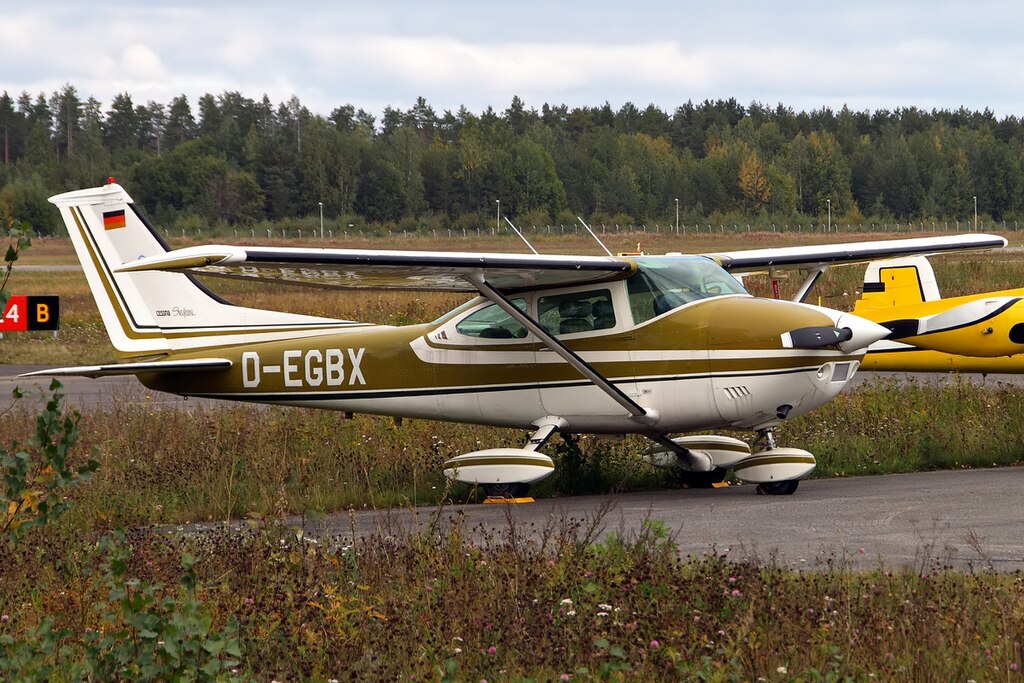
Image: wikimedia Commons
The 182 is the third-most produced aircraft of Cessna model.
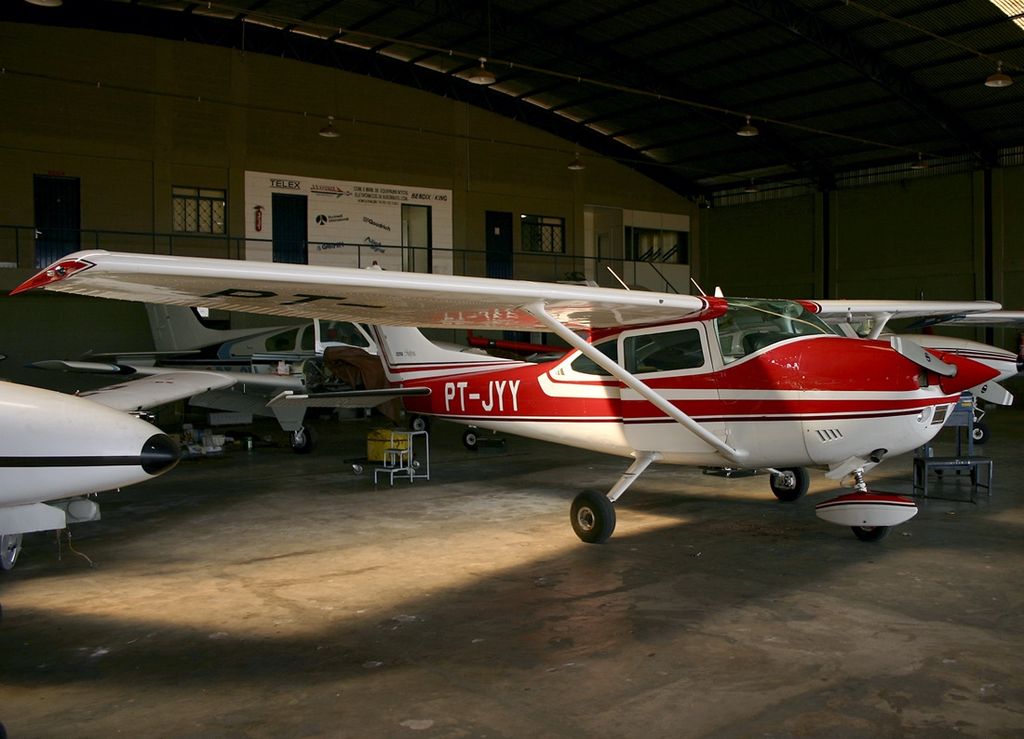
Image:Renato Spilimbergo Carvalho | Wikimedia Commons
The aircraft was introduced in 1956 as a tricycle gear variant of the Cessna 180. A year later, a variant 182A was introduced, and was dubbed “Skylane”.
5. Cessna 150/152

Image: Mike Burdett | Wikimedia Commons
The Cessna 150/152 is a two-seat tricycle gear general aviation airplane with more than 31,000 units [produced between 1958 and 1986].
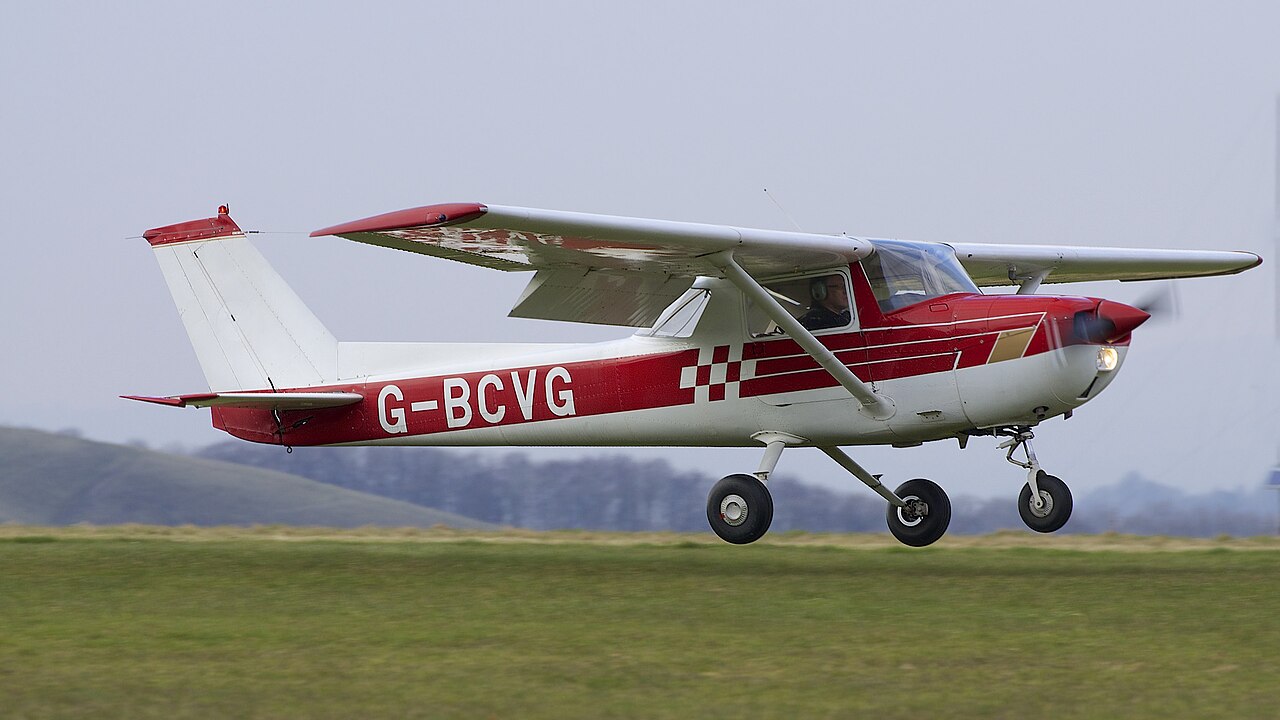
Image: Ian Kirk | Wikimedia Commons
This aircraft is a most popular aircraft for flight training. While the 150 is slightly more fuel-efficient, the Cessna 152 has more power and range.
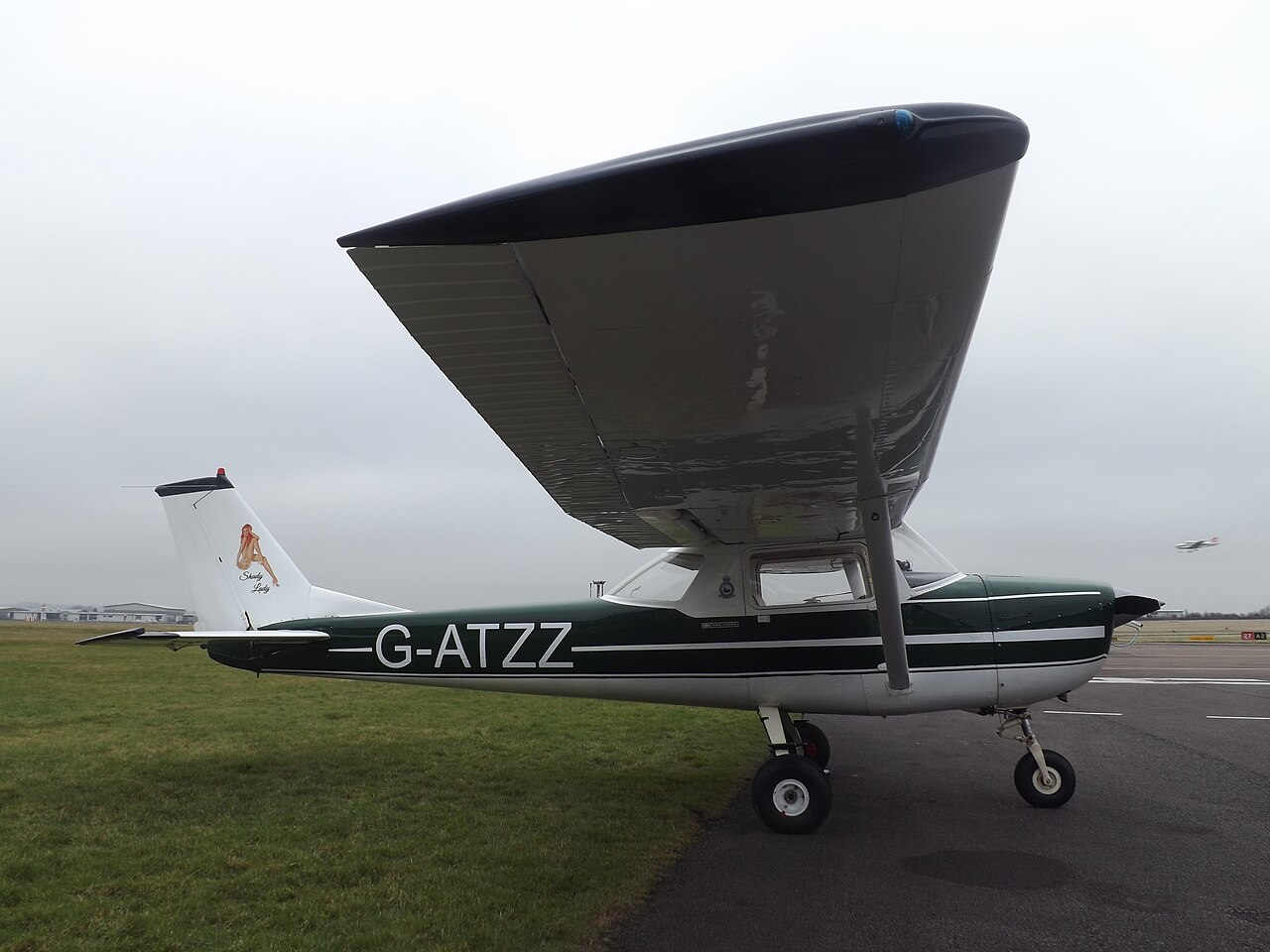
Image : James | Wikimedia Commons
It is the most manufactured two-seat aircraft in civil aviation.
4. Piper PA-28 Cherokee
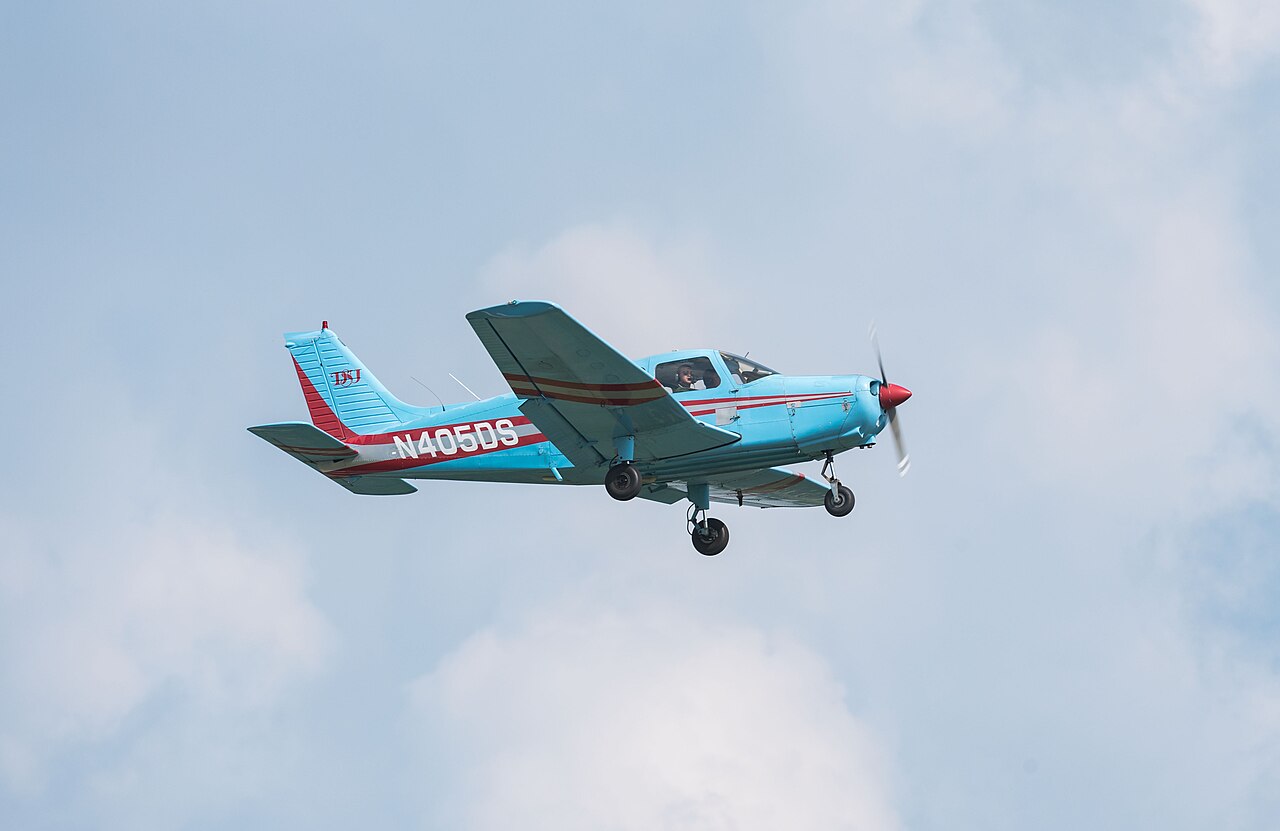
Image: Roland Balik | Wikimedia Commons
Over 32,778 units of the Piper PA-28 Cherokee have ever been produced. The aircraft was equipped with a Lycoming 0-320-E2A 4-cylinder air-cooled horizontally-opposed piston engine.

Image: Roland Balik | Wikimedia Commons
The aircraft was equipped with a low wing design that would make it easier for ground handling.
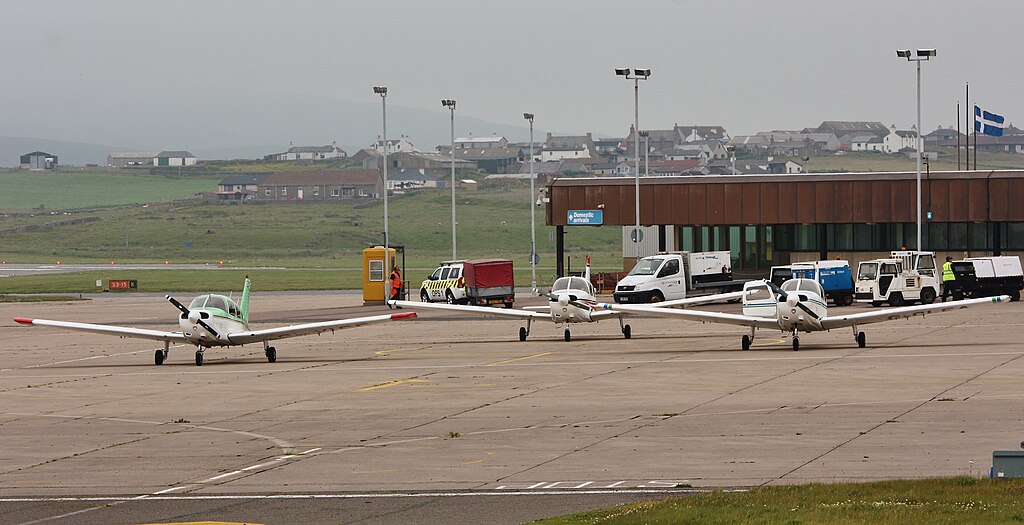
Image: Ronnie Robertson | Wikimedia Commons
The aircraft was introduced in 1960s and is used for flight training and as a personal aircraft and air taxi.
3. Messerschmitt Bf 109
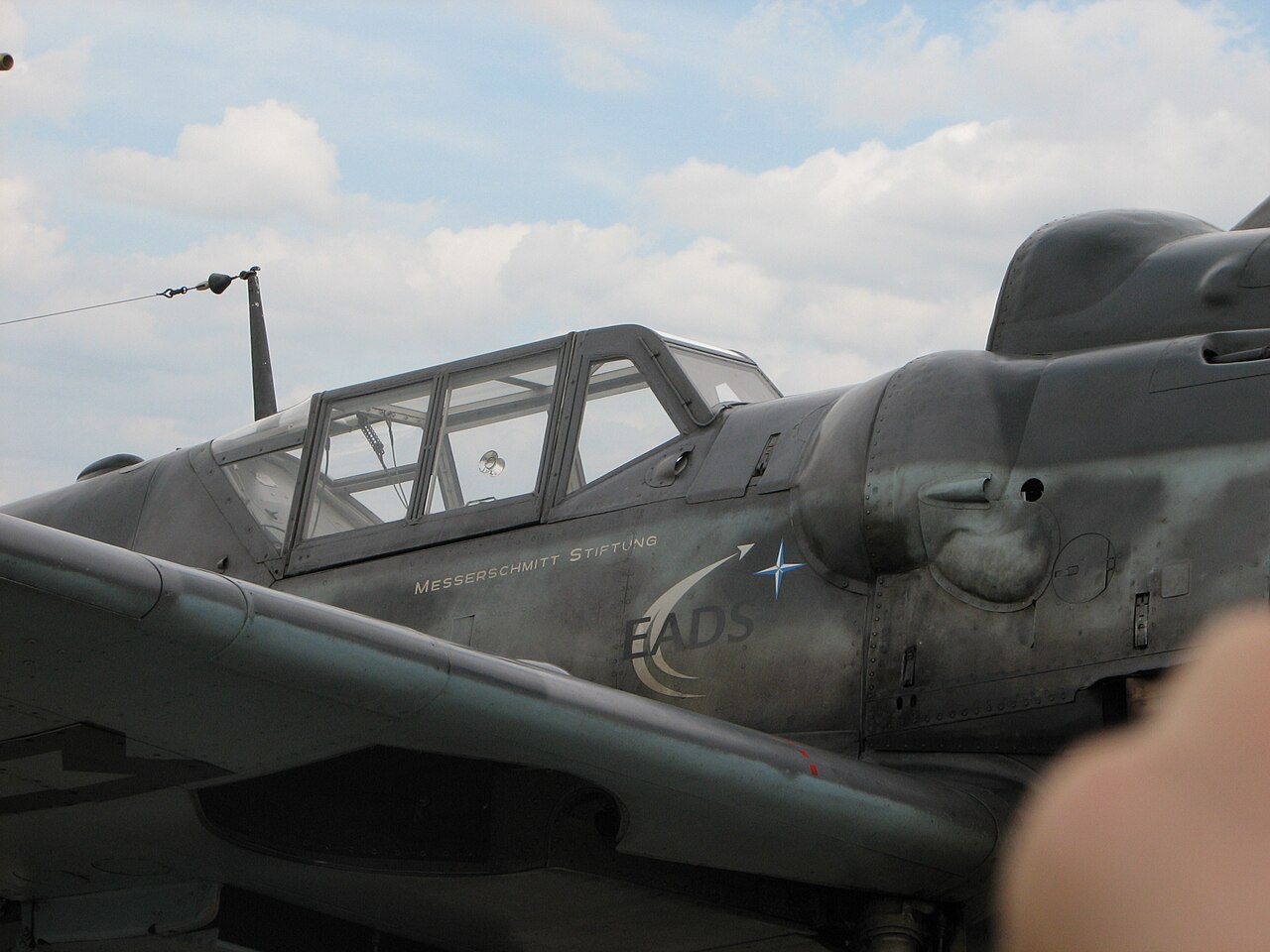
Image: yetdark | Wikimedia Commons
Designed by Willy Messerschmitt, it was the mainstay of the German Luftwaffe’s fighter force and has been dubbed to be “Nazi Germany’s most important fighter aircraft, both in operational importance and in numbers produced”. 34,852 of this aircraft were produced.
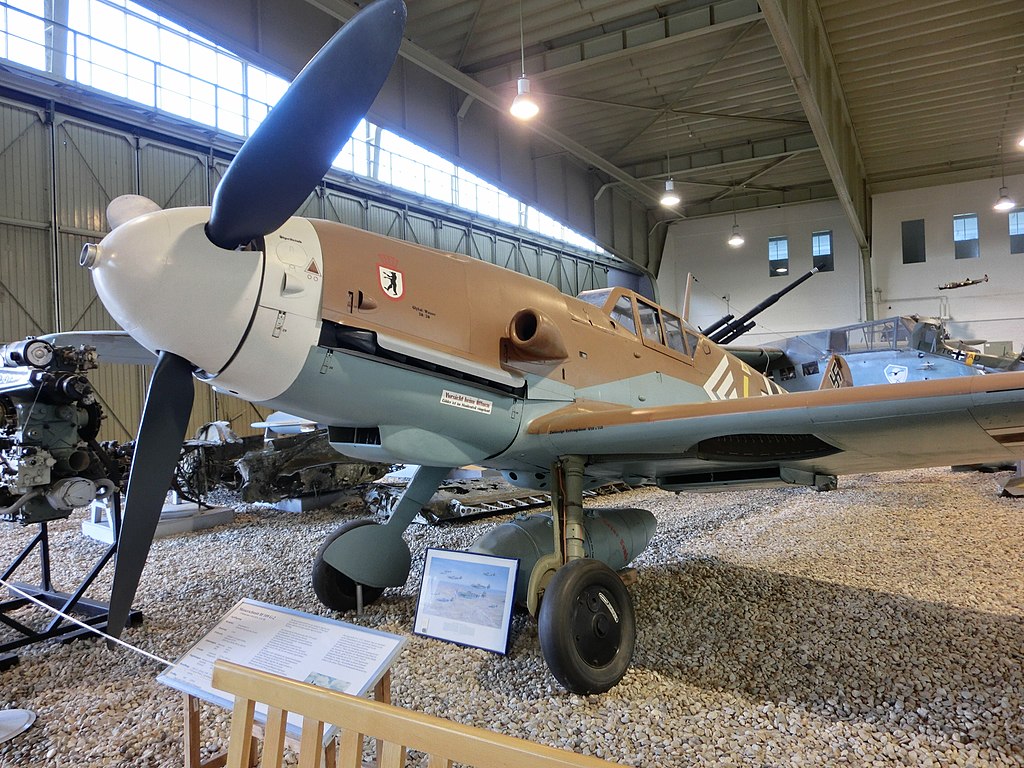
Image: Soren Kusch | Wikimedia Commons
The Messerschmitt Bf 109 had a wingspan of 9.925 m (32 ft 7 in) and had a cruise speed of 590 km/h (370 mph, 320 knots) at 6,000 m (20,000 ft).
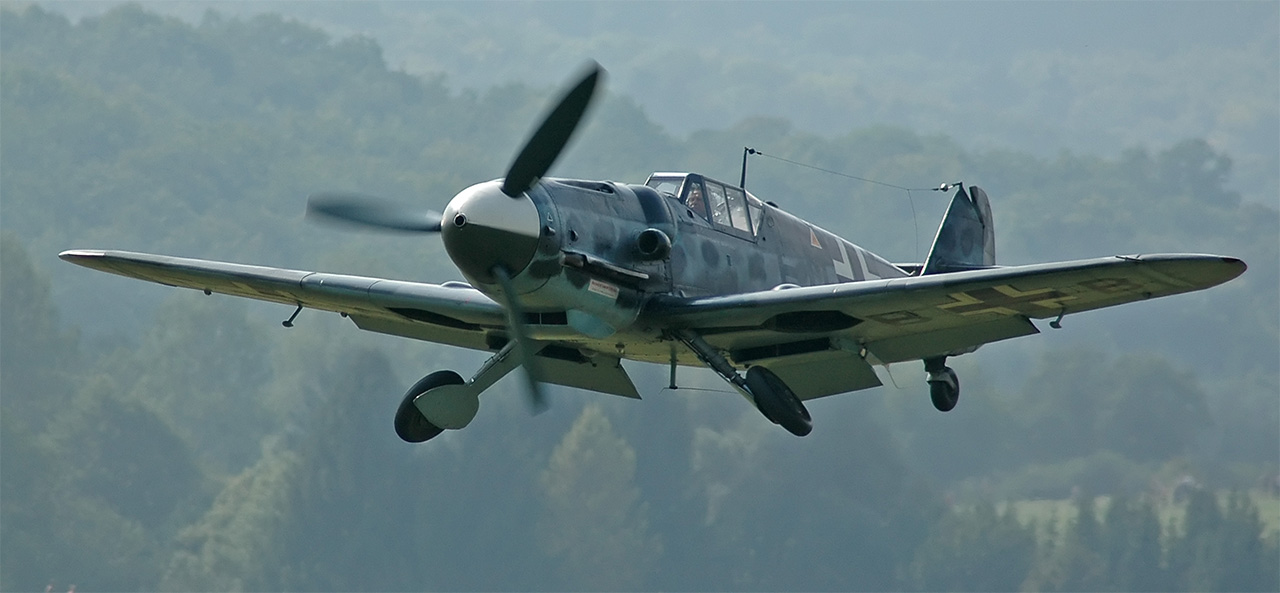
Image: Kogo | Wikimedia Commons
Some specifications of the aircraft included:
- Service ceiling of 39,000 ft (12,000 m)
- Takeoff thrust: 1,455 horsepower (1,085 kW)
- Combat range of 309 NM (355 miles, 572 km)
2. Ilyushin Il-2
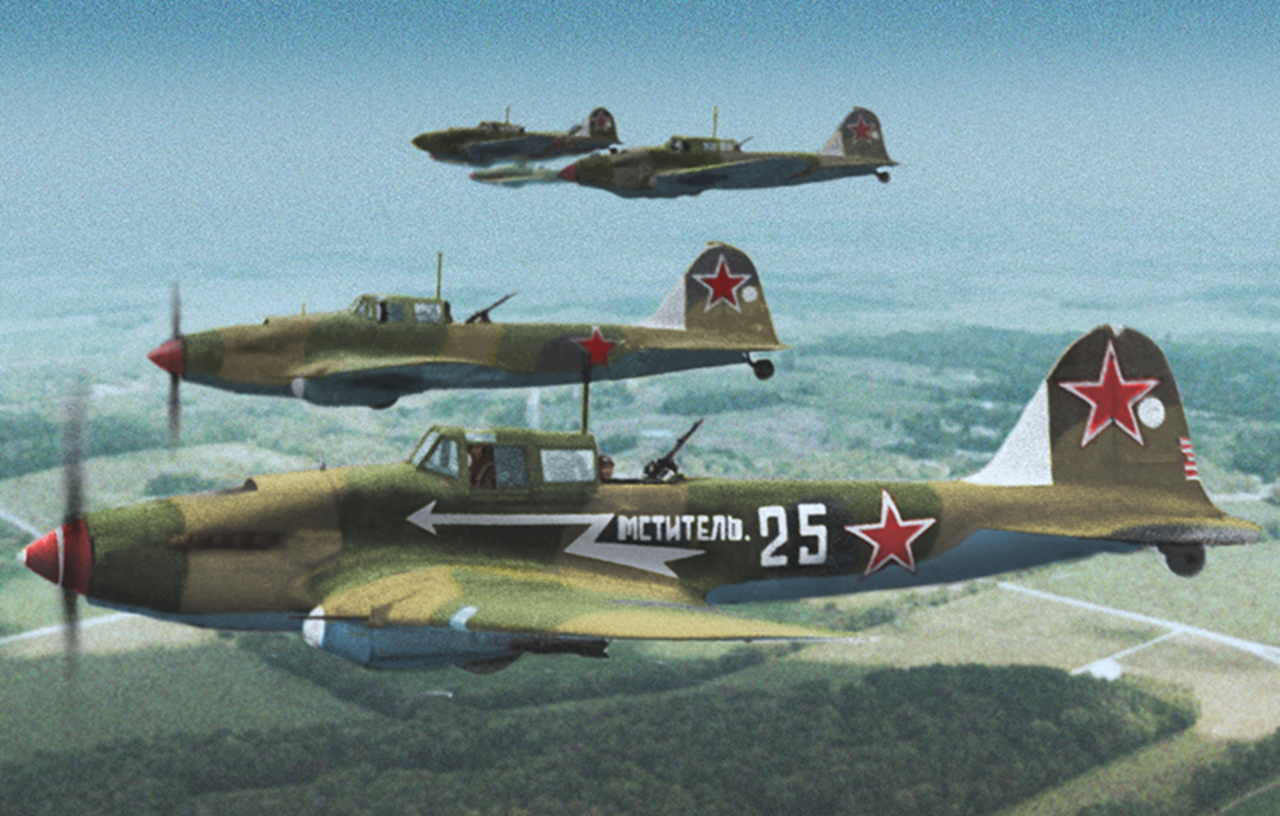
Image: Umeyou | Wikimedia Commons
Ilyushin Il-2 was the most produced low-wing aircraft, and the most produced aircraft of World War II, as 36,183 units were produced.
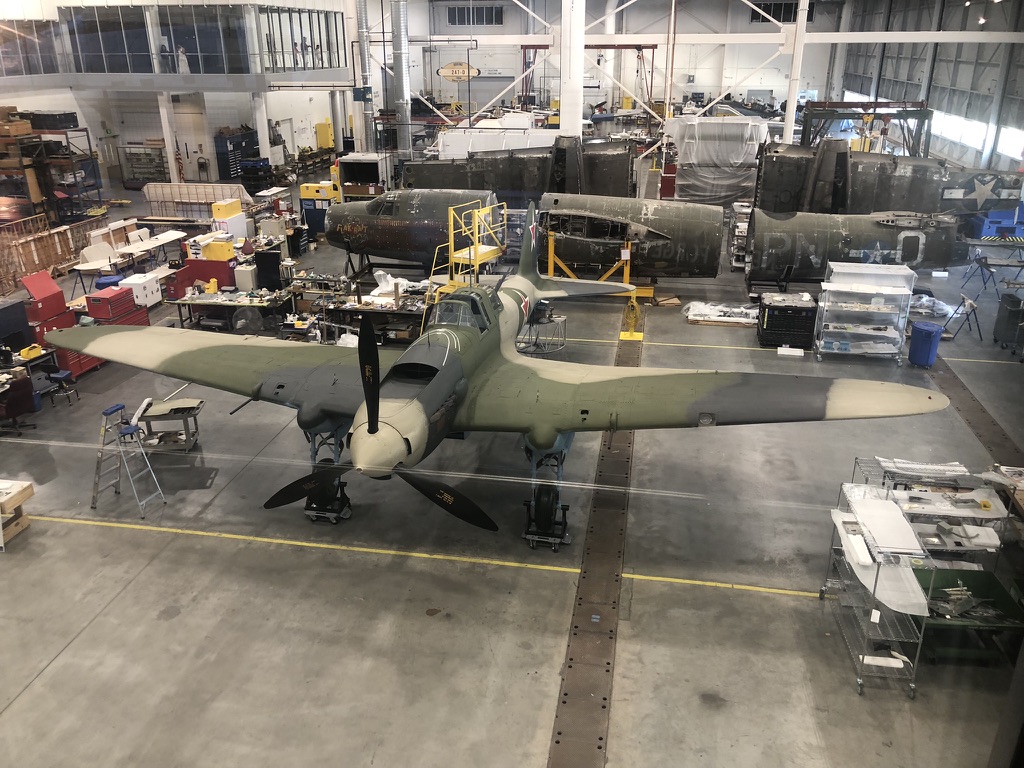
Image: Cxb262 | Wikimedia Commons
The pilot and key parts of the aircraft were extensively armored and built to withstand enemy fire, which gave it remarkable survivability. Hence the aircraft was also known as the “Flying Tank”.
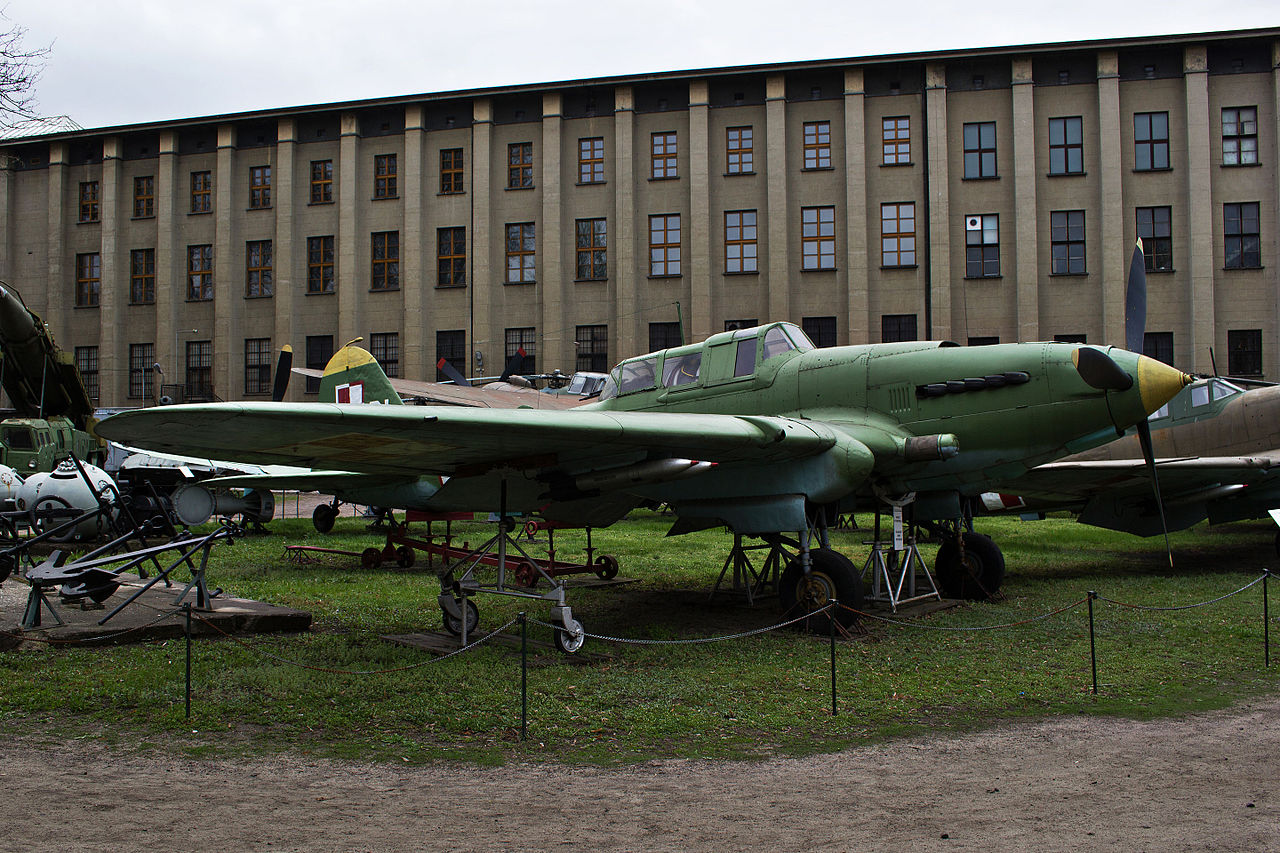
Image: Bene Riobo|Wikimedia Commons
Only a handful of this aircraft, which was told by Stalin to be an “essential aircraft”, remain.
1. Cessna 172 Skyhawk
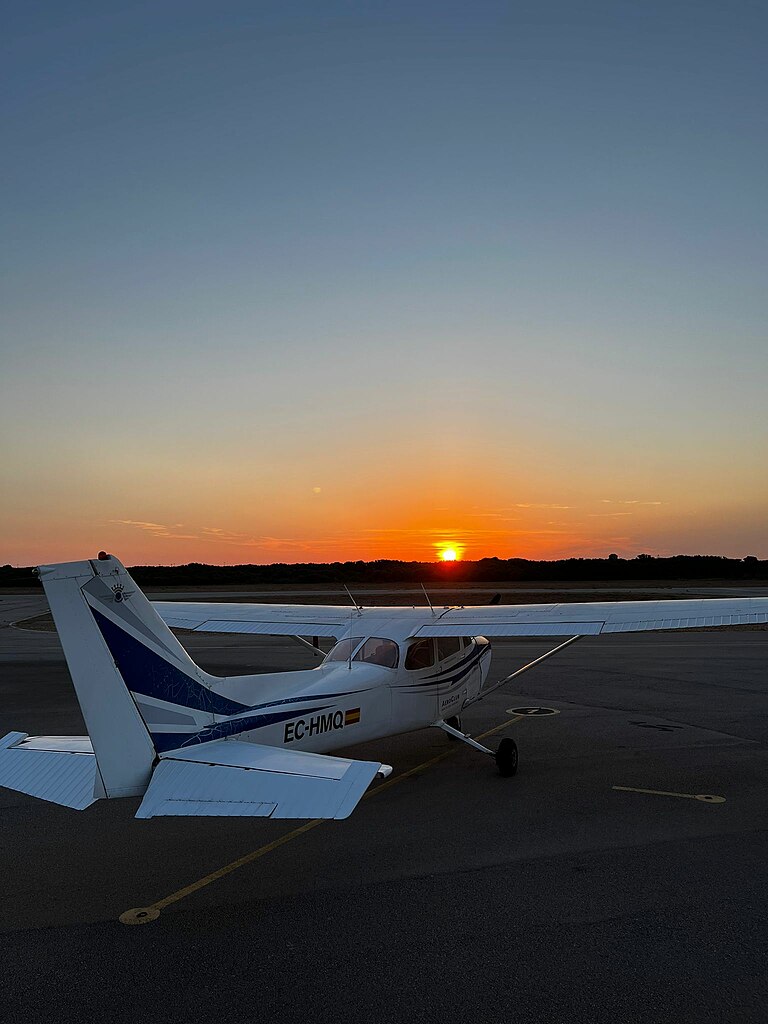
Image: Rpetrescu07 | Wikimedia Commons
Cessna 172 is the most manufactured commercial aircraft in history, with a record-breaking production total of over 44,000 units. In its first five years itself, 4,195 units had produced.
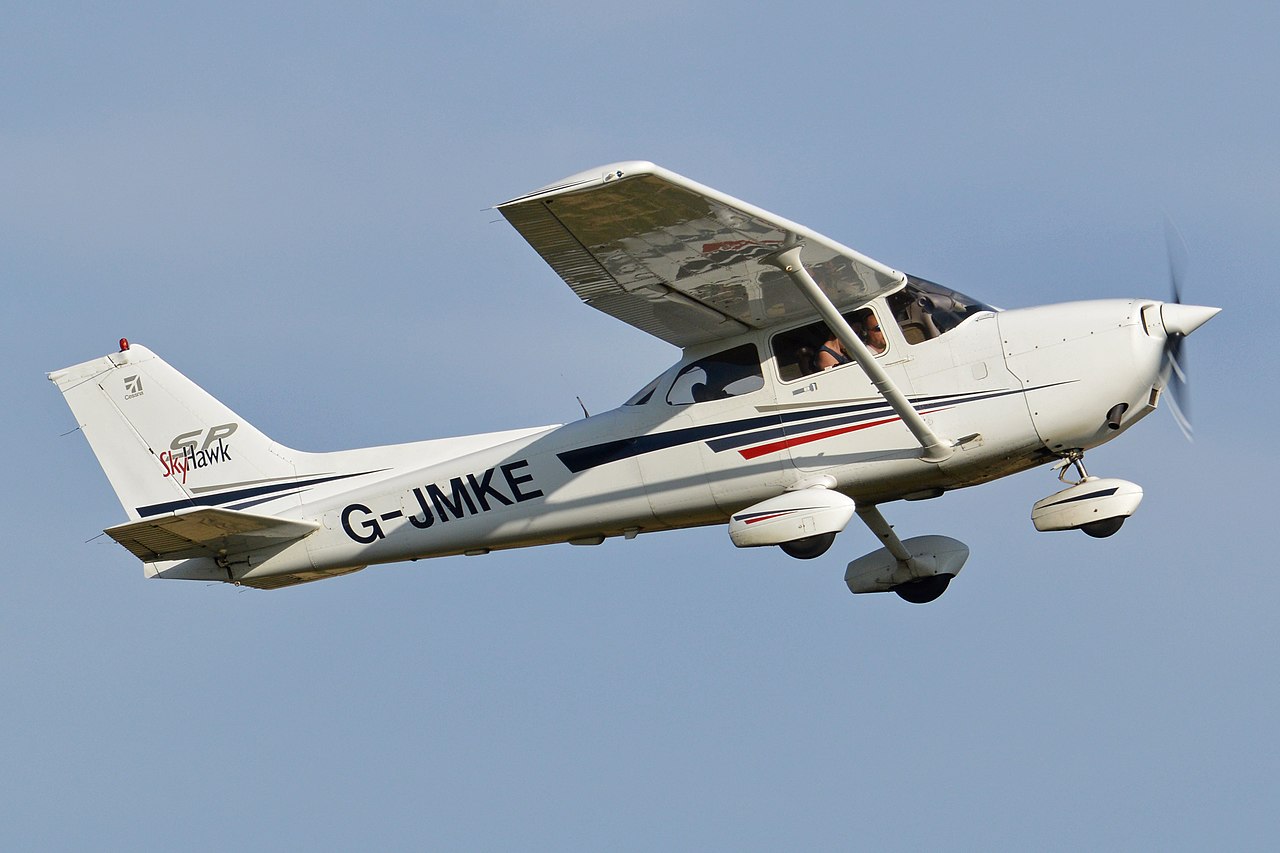
Image: Alan Wilson | Wikimedia Commons
This aircraft also has the record for the longest continuous flight that “was set 64 years ago, in 1959, by Robert Timm and John Cook, who flew aboard a four-seater aircraft in the skies over Las Vegas for 64 days, 22 hours and 19 minutes”.
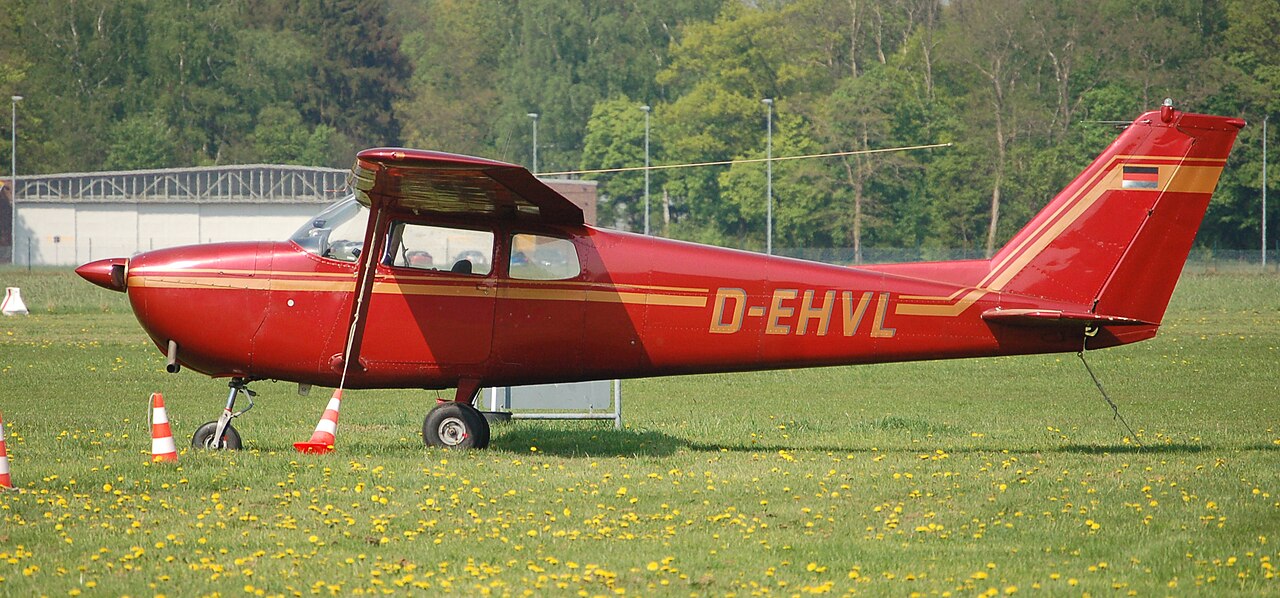
Image: Wikimedia Commons
The aircraft has a safety record of 0.56 crashes per 100,000 flying hours, which is far below the industry average of 1.2-1.4 crashes per 100,000 flying hours.
